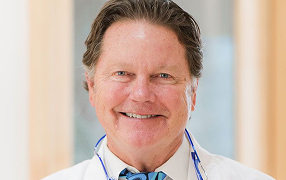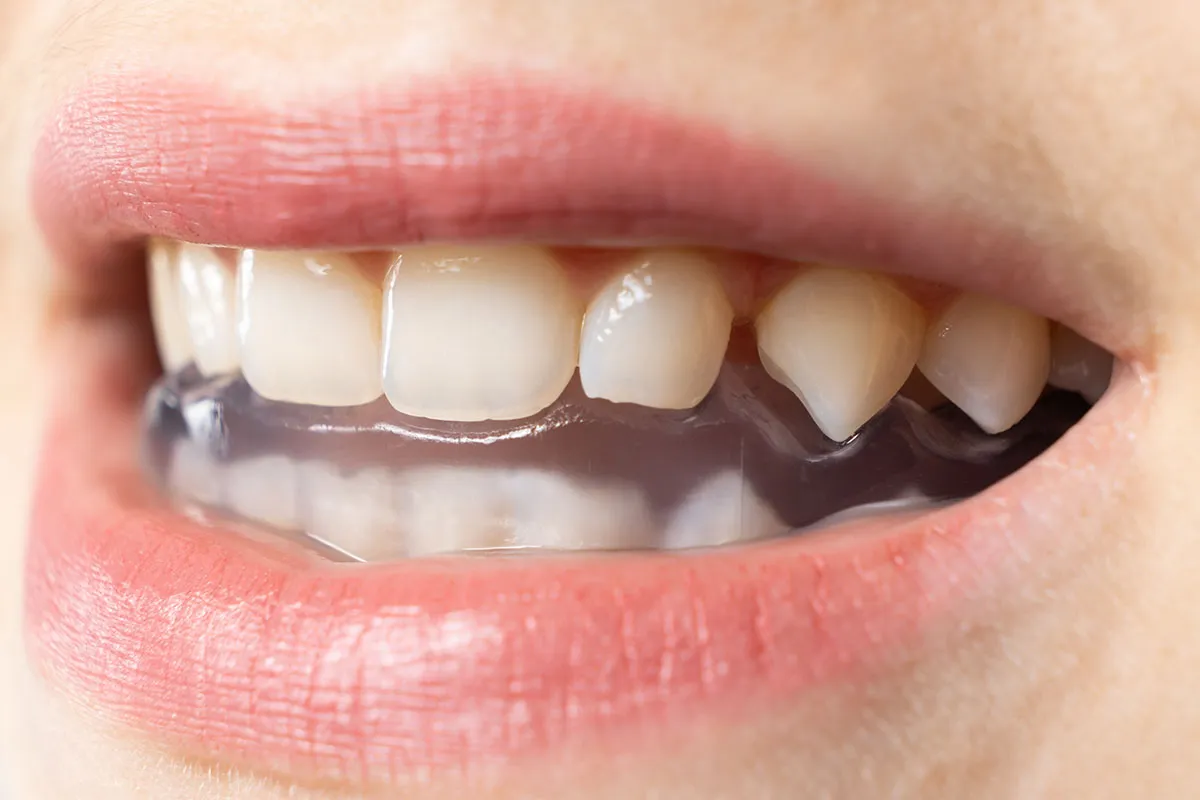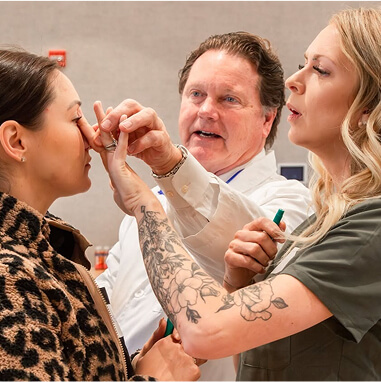As a healthcare provider, you already have an intense understanding of head and neck anatomy. But when it comes to administering aesthetic medications like botulinum toxin type A (Botox®/Dysport), is it enough?
Here are three reasons why all providers (including dentists, physicians and nurses) need an additional level of advanced facial anatomy training prior to learning how to inject botulinum toxin.
- Most negative side effects are due to the Injector’s application techniques
When it comes to aesthetic injectables, one of the first questions patients often ask is “What are the side effects?” What most of them fail to realize is that 90% of the negative side effects of injectables treatments are because of the way they’re administered by their healthcare provider. Particularly because of the close proximity of the muscles of facial expression and how closely and accurately the drug must be applied to muscles. With the right and comprehensive training, aesthetic injectable providers will gain the knowledge they need to precisely locate accurate injection sites for optimal results while minimizing complications for their patients.
- Better accuracy based on proven templates
Depending on the level of facial anatomy training course you’re taking, you may be provided identify key areas of the face for Botox application. Pre-mapped injection templates are common when learning how to inject Botox, however not all educators spend adequate time reviewing the underlying anatomy in-depth beforehand. Since botulinum toxin can be applied across various areas of the face, there are additional muscles and tissues to keep in mind than what you might be used to working with each day. A deep understanding of greater facial anatomy (as it pertains to treatment like Botox) will provide the confidence you need to treat a wider variety of aesthetic and therapeutic and muscular concerns for your patients, including those for TMJ disorder, crow’s feet, frown lines, and more.
- Application & injection methods differ across the face
In addition to where a cosmetic drug is administered, injection techniques differ from other injectable medications, such as local anesthetics. Understanding key differences and developing the right skills from an early get-go will ensure the best results for all of your patients.
For example, depending on which injectable drug you’re using, there will be a different impact on surface tissues than there are on deep ones. Identifying the most effective application sites and how they relate to specific points across the face will maximize the before and after results seen by your patients.
Where to Find Facial Anatomy Training for Botox
PTIFAT offers one of the only foundational courses on botulinum toxin application to include over 20 hours of advanced anatomy within the online Level 1 course. Our in-depth e-Cadaver and e-Skull videos guide practitioners through various facial features as they relate to both the surface skin and underlying tissues, for premier Botox applications during every treatment. In the Level 2 hands-on, practitioner attend an 8-hour hands-on integrative cadaver lab where underlying anatomy is reviewed and integrated with the PTIFAT Landmarking Template. Training with our Faculty helps you minimize side effects for improved patient satisfaction and better results. Register today to get started or watch the video below for more info.







